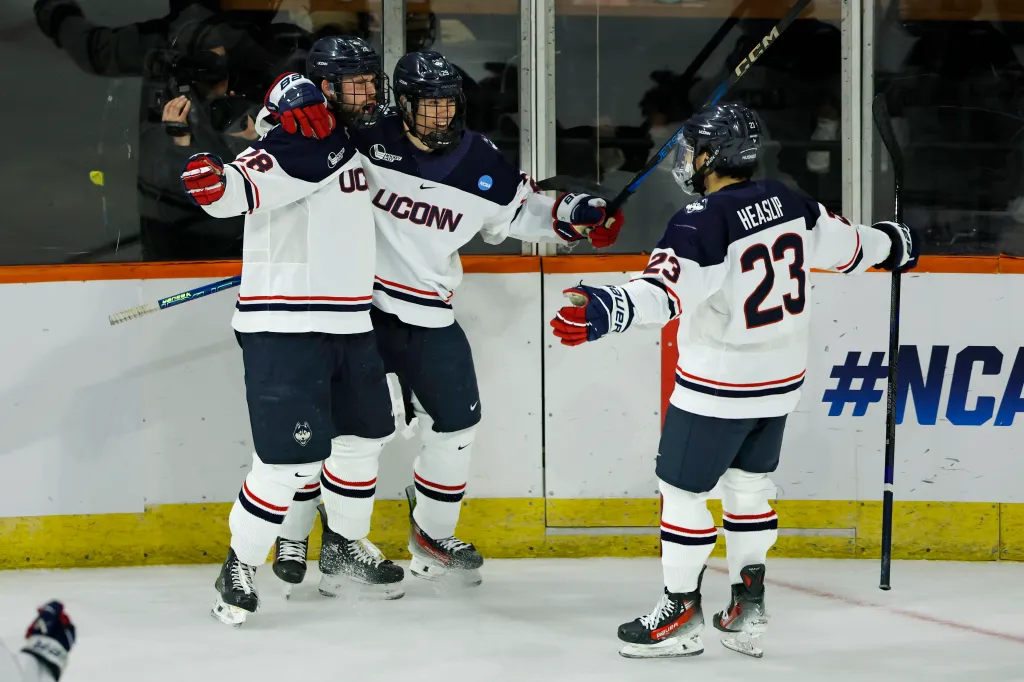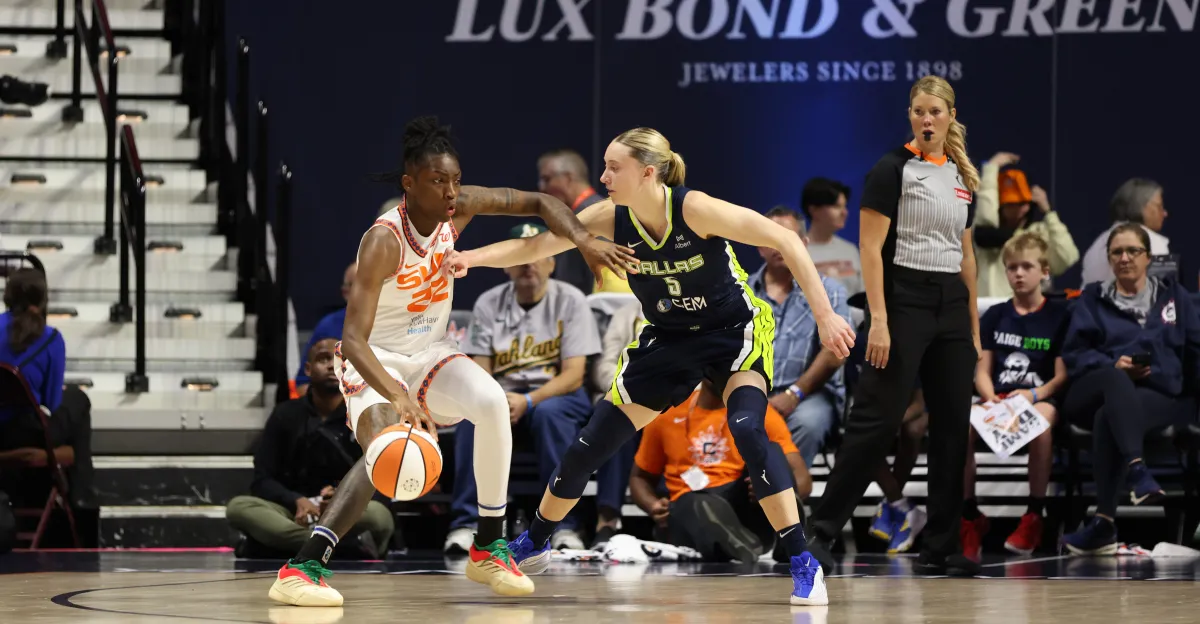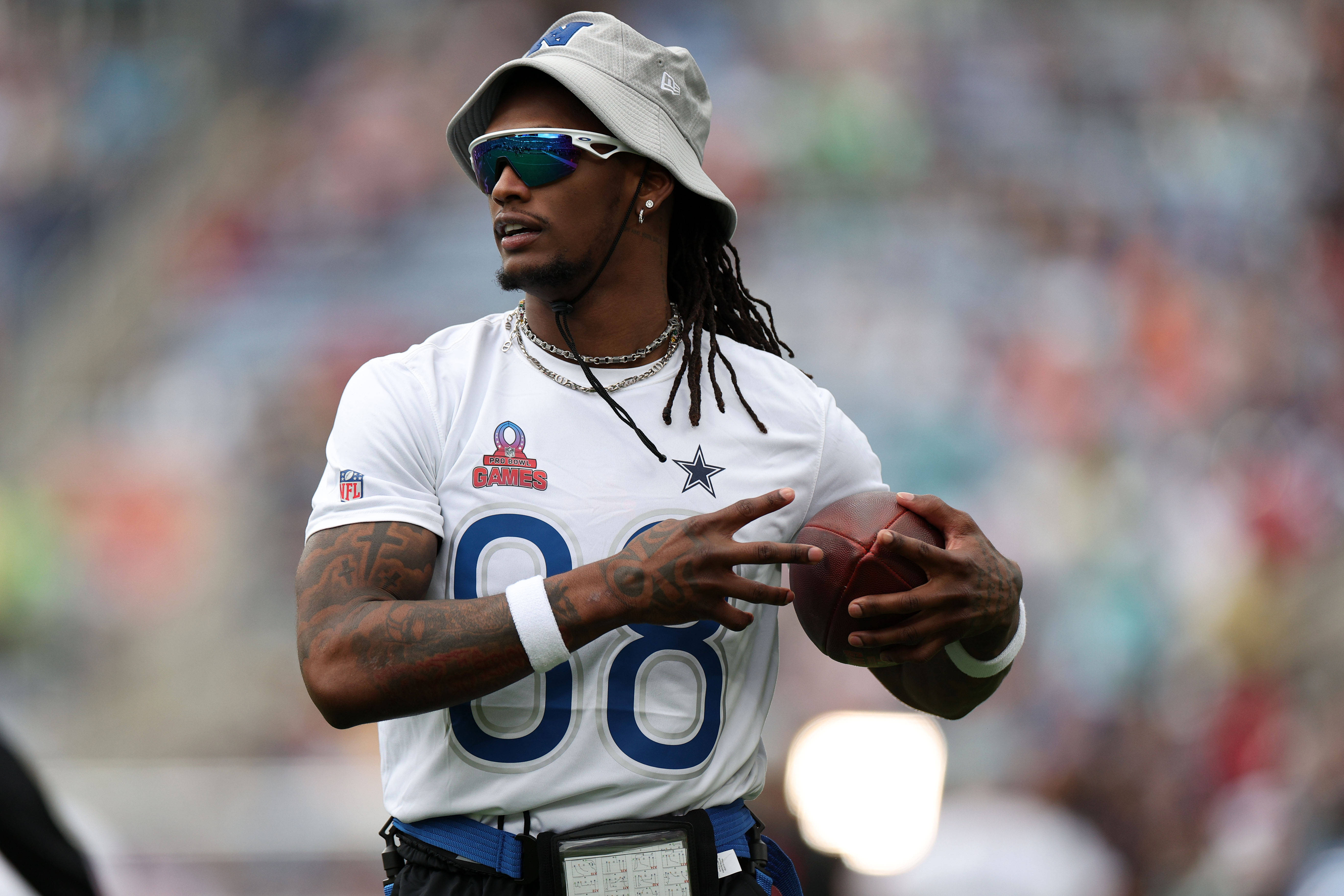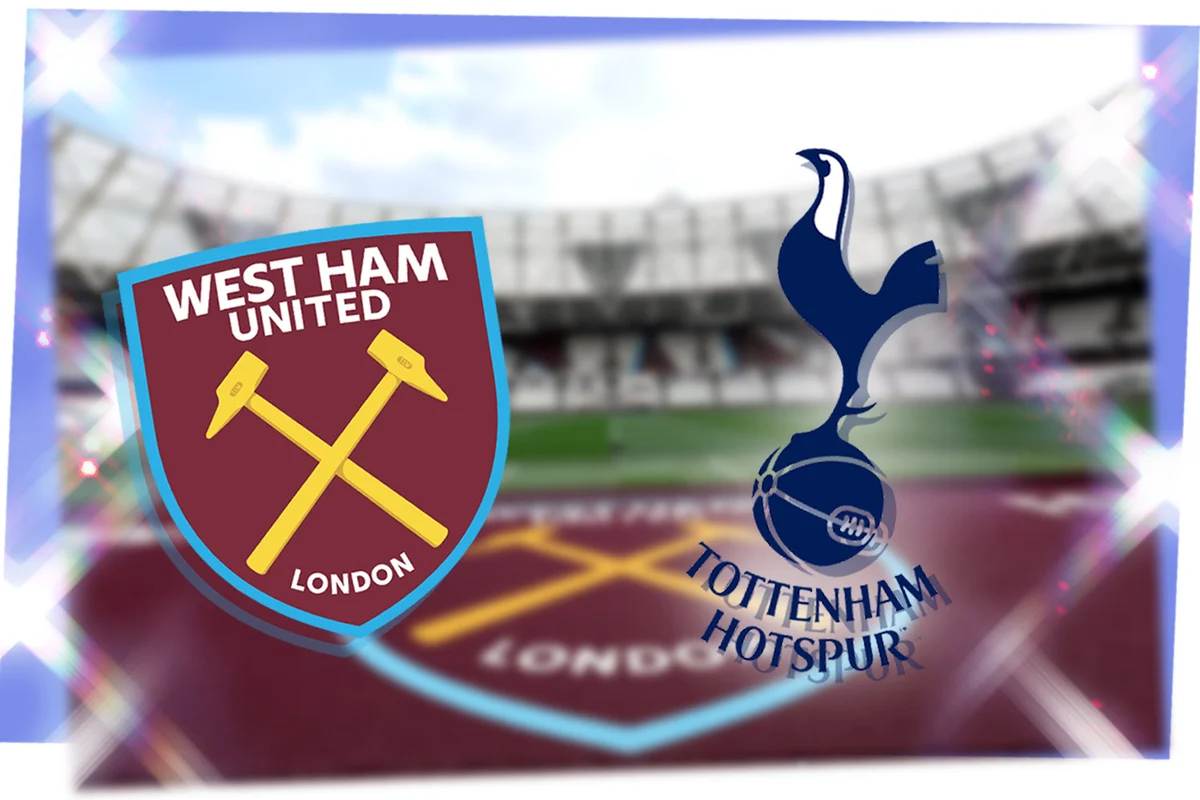
STORRS — The history has a new chapter, the standards are elevated, the profile is higher and the road ahead is dicier. But one thing has not changed around the UConn hockey team:
“Hungry,” Ryan Tattle said.
“Yeah, hunger, that’s a good word,” teammate Joey Muldowney said. “Obviously, going into last year, we were a hungry team. Nobody respected us. But after last season, we have this bad taste in our mouth. Can’t really describe it, it just doesn’t sit well, after what happened in Allentown.”
The Huskies are back on the ice, two weeks away from the start of the new season, Oct. 3 at Colorado College. Much of the team, all but seven newcomers, is back wearing the pride that comes with being the first UConn team to play in the NCAA men’s hockey tournament, the first to advance with a win, knocking off 2023 national champ Quinnipiac in Allentown, Pa., last March.
Dom Amore’s Sunday Read: How Robert Redford ‘wound up’ in CT; young golf stars, Silver’s folly, more
They needed one more win to reach the sport’s highest plateau, the Frozen Four in St. Louis. They were in overtime against Penn State, so close one could almost hear Judy Garland singing about St. Looie, Looie. But a former teammate, goalie Arsenii Sergeev, stonewalled them and the Nittany Lions scored the winning goal.
Now that they’ve had a taste of tournament play, the Huskies want more, much more.
“After finishing the way we did last year, there’s a lot of excitement in the room,” Coach Mike Cavanaugh said. “And I feel like there’s some unfinished business we have. But one thing we’ve been able to do is turn the page. If anyone understands, I do, that last year has no bearing on what this team is going to do.”
As Cavanaugh pointed out Tuesday, during the program’s media day at Toscano Family Ice Forum, UConn was not an out-of-nowhere, overnight success. He had been building his program since arriving in 2013, as UConn was joining Hockey East, one of the nation’s premier conferences. The competition has only gotten better, only expanded as more and more teams try to get one of those precious 16 postseason spots.
Western Michigan, the defending national champ, is ranked No.1 in the preseason UCSHO.com poll. UConn is ranked No 10, tournament-berth territory. In Hockey East, Boston University is first, Providence second, UConn No. 3. Another sign of UConn’s brand strength, the Huskies will join Providence, Colgate and Minnesota-Duluth in the Friendship Four event in Belfast, Northern Ireland in 2026. Quinnipiac will play there in 2027.
So there’s a level of respect there, but UConn’s players are back to extend a culture created last year by departed captains John Spetz and Hudson Schandor. Staying hungry, keeping those chips on their cold shoulders, is part of the deal.
“Program-best in what we did, achieving the NCAA Tournament and getting our first win there,” said Tabor Heaslip, one of the captains. “But at the end of the day, that’s in the rearview now. We are a different group, different pieces we want to apply and rope in these new guys into our culture and in what we believe will give us success in the end.”
Maintaining a high standard in hockey will get harder, more complicated as the rules of recruiting continue to evolve, to use a euphemism. College players have long been drafted by NHL teams, then returned to college until ready to sign and turn pro. Some might go to their team’s developmental camps during the collegiate offseason. For example Muldowney, 21, who scored a breakout 29 goals last season, has been drafted by the NHL’s San Jose Sharks and worked in their camp during summer, but he is back to chase the Frozen Four at develop his game at UConn.
“I kind of look at it like, ‘this year, let’s try to be a good leader, a good captain, try to get more assists,” Muldowney said. “Stuff like that, try to round out my game at all levels and take that to the pro game in years to come.”
This year, the NCAA ruled that Canadian Hockey League players, who receive some compensation, could play college hockey in the U.S., as definitions of professional and amateur become cloudy. UConn has landed a couple, Carlin Dezainde and Alexandre Blais. One thing has led to another and now, depending on the compensation they’ve received and other factors, players with U.S. pro experience, the ECHL and even the AHL, one level below the NHL, can be recruited as college players.
“There is part of me that says, ‘how are we any different?’” Cavanaugh said. “There are a lot of kids getting paid a lot of money to play college sports, so how is that any different from a kid getting paid in the East Coast (Hockey League). I do think there needs to be age limit, though. Up until you’re 21, I don’t care where you’ve played. We could be considered professional. But when kids are 23 or 24 and coming in as freshmen and they’ve played pro hockey? It just doesn’t seem right to me. It doesn’t seem like that’s the spirit of where we want to go in college athletics.”
Dom Amore’s Sunday Read: A UConn icon brings out best in hockey team; CT players in NFL, and more
However, Cavanaugh and UConn can only navigate the landscape laid out before them. The Huskies had Hugh Larkin, 26, a grad student on their roster last season. Got to deal with what is.
But with this new, quasi-professional slant in college sports, which may be even less quasi and more pro in hockey, it will be increasingly difficult to build and maintain the kind of program, with loyalty and pride in ownership, UConn began to build last season. As this season begins, UConn still has that hunger, players working to do things that have not been done in this sweater. That still means something.
“Huddy and John set a great foundation for us last year,” Tattle said. “I don’t know if any (reporters) picked us to be in the tournament last year, or anyone else, so we’ve got to build off that. We were happy making the tournament, making a little bit of history, but moving forward, that’s now the standard.”



